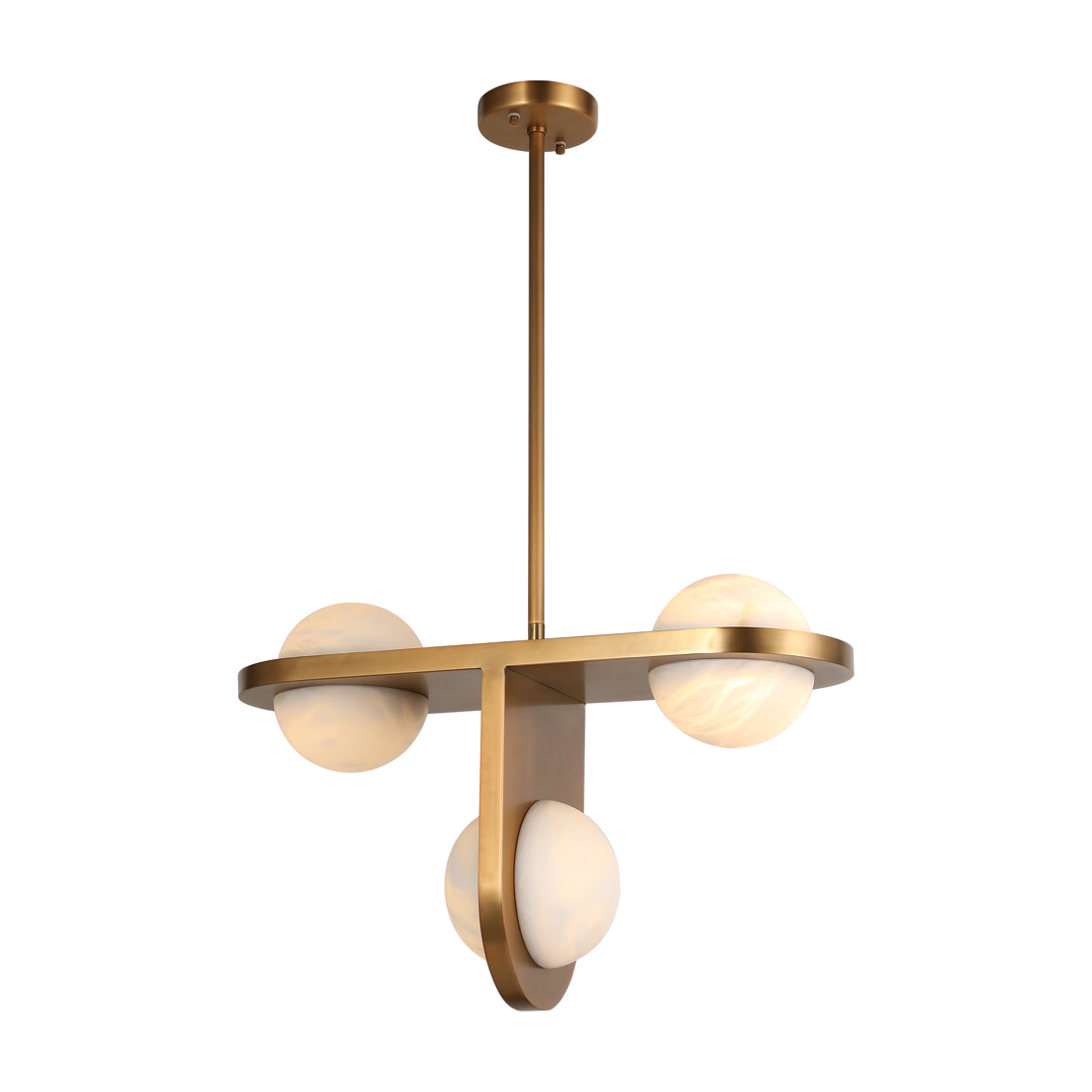The Rise of Eco-Friendly Street Fixtures: A Sustainable Urban Future
The Rise of Eco-Friendly Street Fixtures: A Sustainable Urban Future
In today's rapidly evolving urban environments, the demand for sustainability is higher than ever. One of the most significant trends emerging in modern cities is the implementation of eco-friendly street fixtures. These fixtures not only enhance the aesthetic appeal of urban landscapes but also contribute to environmental conservation. This article explores the various aspects of eco-friendly street fixtures, including their benefits, types, and integration into smart city planning.
Understanding Eco-Friendly Street Fixtures
Eco-friendly street fixtures refer to various urban installations, including streetlights, benches, trash bins, and signage, made from sustainable materials and designed to minimize environmental impact. These fixtures are typically energy-efficient and often include features that promote recycling and conservation.

Benefits of Eco-Friendly Street Fixtures
Implementing eco-friendly street fixtures brings numerous benefits to urban environments. Here are some of the key advantages:
- Environmental Conservation: Eco-friendly fixtures reduce carbon footprints and promote better waste management.
- Cost-Effectiveness: Energy-efficient streetlights reduce electricity costs significantly over time.
- Aesthetic Value: Sleek, modern design enhances the visual appeal of urban areas.
- Community Engagement: Eco-friendly fixtures often incorporate local art, fostering community pride and involvement.
Types of Eco-Friendly Street Fixtures
Eco-friendly street fixtures come in various forms, each serving a unique purpose while contributing to sustainability. Below is a table summarizing some common types:
| Fixture Type | Features | Environmental Impact |
| Solar Streetlights | Powered by solar panels, these lights are off-grid and reduce energy consumption. | Lower carbon emissions and reduced reliance on fossil fuels. |
| Recycled Benches | Made from recycled materials, these benches promote waste reduction. | Contributes to the circular economy and promotes sustainability. |
| Green Bins | Designed for composting, these bins help reduce landfill waste. | Encourages recycling and organic waste management. |
| Smart Signage | Uses LED technology and real-time data to guide pedestrians and reduce congestion. | Enhances urban navigation and reduces unnecessary traffic. |
Integrating Eco-Friendly Fixtures into Urban Planning
The shift towards sustainable urban planning is essential for future-proofing cities. Integrating eco-friendly street fixtures into urban designs involves several strategic steps:
- Community Involvement: Engaging residents in the planning process ensures the needs and desires of the community are met.
- Cost Analysis: Evaluating long-term savings versus initial costs helps allocate budgets efficiently.
- Sustainability Goals: Setting clear sustainability goals guides the selection and implementation of fixtures.
- Partnerships: Collaborating with local businesses can foster innovative solutions and shared costs.
Case Studies of Successful Implementation
Numerous cities worldwide have successfully integrated eco-friendly street fixtures. Here are a few notable case studies:
1. Copenhagen, Denmark
Copenhagen has long been considered a benchmark for sustainable urban living. The city has installed solar-powered streetlights that illuminate public spaces without contributing to greenhouse gas emissions. Additionally, benches made from recycled plastics have become common, creating a greener urban landscape.
2. San Francisco, USA
San Francisco actively promotes waste reduction through its city-wide composting program. The introduction of green bins in public spaces has significantly reduced organic waste ending up in landfills. The city’s strategic placement of these bins encourages composting among residents and visitors alike.
3. Melbourne, Australia
In Melbourne, innovative smart signage has transformed the public transit experience. This eco-friendly initiative utilizes energy-efficient technology to provide real-time updates to commuters, thereby reducing uncertainty and ensuring smoother navigation through the city.
The Future of Eco-Friendly Street Fixtures
As technology evolves, so too will the capabilities of eco-friendly street fixtures. Innovations such as smart-grid connectivity and enhanced energy efficiency will make these installations even more impactful. Cities are increasingly recognizing the importance of sustainable design, leading to broader adoption of eco-friendly practices.
Challenges and Considerations
While the benefits are evident, various challenges can arise when implementing eco-friendly street fixtures:
- Funding: Upfront costs can be a barrier for many municipalities, highlighting the importance of securing grants and partnerships.
- Maintenance: Cities must ensure proper maintenance of fixtures to sustain their environmental benefits.
- Public Perception: Educating the public about the advantages of these fixtures is crucial for broad acceptance.
Conclusion
In conclusion, eco-friendly street fixtures are essential for creating sustainable urban spaces that benefit both the environment and the community. As cities around the world embrace these innovations, we move closer to a greener future. It is important for urban planners, policymakers, and communities to continuously collaborate, ensuring that eco-friendly initiatives align with shared goals. By prioritizing sustainability in urban design, we can foster an urban environment that thrives economically while preserving our planet. As we look forward, it remains vital to consider the long-term impacts of our choices and to advocate for eco-friendly options in our daily lives.
Key Takeaways: Embrace eco-friendly street fixtures as part of sustainable urban planning. Engage communities in the decision-making process, assess long-term benefits, and overcome challenges through innovative solutions and collaboration.
